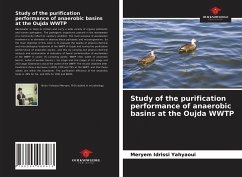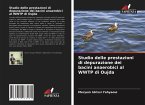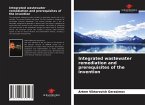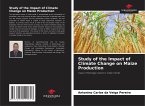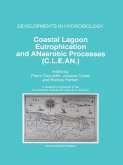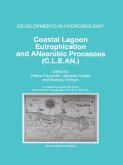Wastewater is likely to contain and carry a wide variety of organic pollutants and human pathogens. The pathogenic organisms present in the wastewater of a community reflect its sanitary condition. The main purpose of wastewater treatment is to eliminate or destroy these pollutants and microorganisms. So the main objective of this work is to evaluate the quality of physico-chemical and microbiological treatment of the WWTP of Oujda and mainly the purification performance of anaerobic basins, and this by carrying out physico-chemical analysis and enumeration of indicators of faecal contamination of wastewater of the WWTP in seven (7) sampling points: WWTP inlet, outlet of anaerobic basins, outlet of aerobic basins ( 1st stage and 2nd stage) of 1st stage and 2nd stage (Extension) and at the outlet of the WWTP. The results obtained after treatment show a decrease in BOD, COD and TSS at the WWTP, and that these values are within the standards. The purification efficiency of the anaerobic tanks is 49% for SS, and 30% for COD and BOD5.
Bitte wählen Sie Ihr Anliegen aus.
Rechnungen
Retourenschein anfordern
Bestellstatus
Storno

